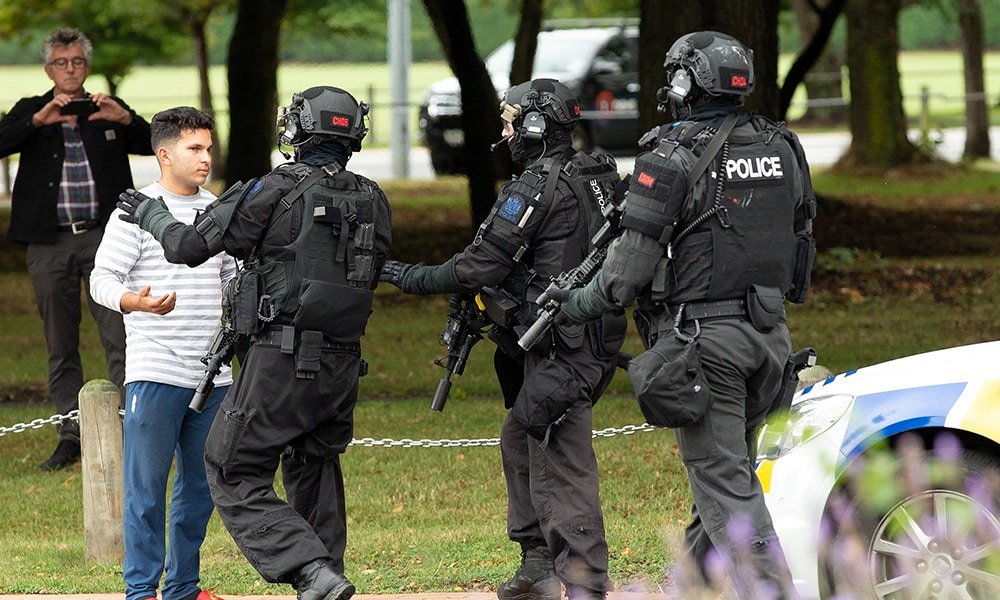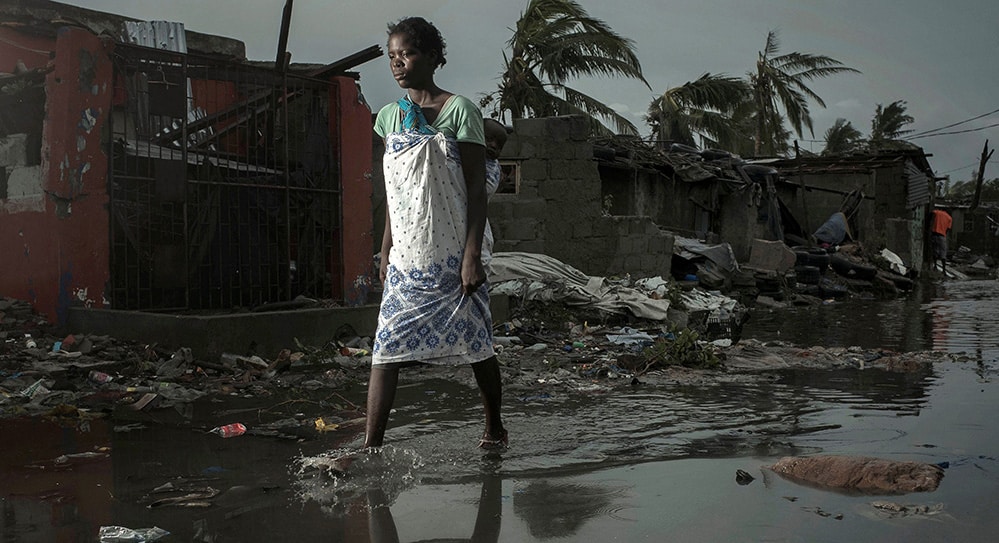The conviction of Cardinal George Pell on five serious charges of sexual abuse has triggered the most serious scandal in the history of the Australian Catholic Church. The confusion among many ordinary Catholics is palpable. Many are only too willing to condemn the cardinal as a vile child abuser, a hypocrite who covered for the Church by setting up an internal system to deal with complaints and, what is more, was the face of the “conservative” wing of the Church.
It seems that for many in the Church, it is almost compulsory to condemn the cardinal in order to distance themselves from the abusers. And the arguments about the trial are split on political lines.
Left-wing Catholic politicians such as Sen. Kristina Keneally, the former premier of New South Wales, vigorously are defending the jury system and the rights of victims to be believed in order to head off any criticism of the verdicts that might influence the appeal. Meanwhile, on the right, prominent conservatives — among them non-Catholics such as John Howard, former prime minister, and Amanda Vanstone, a former senator and ambassador to Italy — are dismayed at the conviction of a man whose character they know and admire, who seemingly has become the scapegoat for the scandals that have tarnished the Church.
Many people point to a decidedly shaky conviction, the lack of evidence of any wrongdoing and, rather, evidence that pointed to an acquittal because of the physical impossibility of the crimes. The first was supposed to have taken place in the priests’ sacristy within six minutes after Cardinal Pell celebrated Sunday Mass and while he was fully vested; the second in a corridor while he was in procession after a Sunday Mass, presumably in full view of everyone else in that procession.
It is fair to say that there are many within the Australian legal establishment who are concerned about the verdicts.
The cardinal was found guilty on the word of one complainant. The other boy who was allegedly abused died of a heroin overdose after telling his mother he was never abused. There was not a single witness who could back the complainant. On the contrary, there were four witnesses appearing for the prosecution who attested that they were with Pell during the period of the attacks. They included Msgr. Charles Portelli, the sacristan Max Potter and several altar servers. Even the magistrate in the committal hearing who sent the cardinal to trial noted that, “if a jury accepted the evidence of Msgr. Portelli and Mr. Potter … then a jury could not convict.”
Reaction from the public
So how did these convictions come about? There was a strong feeling, expressed in the public gallery and now in the letters pages of newspapers, that even if Cardinal Pell did not commit these crimes, he was still “the boss” of the show. And there is another problem that compounds the reaction of many people: surprise.

The trial was not publicized. It was under a suppression order, so no one knows anything about what happened except the few that followed it in Catholic and legal circles and in the international media. So quite suddenly, the public learned that a man who had been the subject of relentless character assassination, and who was thought of as a flinty, uncaring churchman, was convicted. His conviction on these charges is being conflated with his conduct during the Royal Commission into Institutional Responses to Child Sexual Abuse established in 2013, when he made himself deeply unpopular by his refusal to return from Rome and to face the commission in person, although he had already done so previously and, what is more, already had faced a separate inquiry in Victoria.
Because Cardinal Pell is thought of as “the boss,” all the abuse was his fault, even in Melbourne before he became archbishop — as a reading of the transcripts of the original Victorian inquiry makes clear. He also naively trusted the Victorian justice system, though why is a mystery, since the Victorian police set up a task force two years before there was any complaint against him, and they had to go canvassing for complaints. There were even advertisements placed in the newspapers asking people to come forward. Despite this, most of the accusations that the Victorian police wanted to inflate to criminal charges have been thrown out.
20 years of attack
The most infamous of these accusations was the so-called “swimmers’ charges,” which was the reason that the original trials were suppressed. According to this story, the cardinal, then a young priest, had taken a group of boys on an excursion to a swimming pool and, under the cover of play-fighting with the whole group, molested two of them. Even his enemies were incredulous. Hardly anyone who had children and saw this report could take it seriously, as play-fighting and jumping around in the water is something that almost every Australian father has done, either in a pool or in the surf. Subsequent to the guilty verdict in the cathedral charges, the swimmers’ charges were dismissed as lacking any credibility. However, the lack of information caused by the suppression order had caused a problem: No one knew about the evidence, or lack thereof, in the cathedral charges.
The Australian Broadcasting Corporation has headed the relentless media pursuit of Cardinal Pell, and they have been a valuable media voice for the Victorian police.
A book by one of their journalists even sought to inflame public opinion against him, which was so prejudicial that it had to be taken off the shelves during the trial. It could not have been written without the cooperation of the Victorian police. The reasons for this collaboration are both broad and particular. Particularly, the Victorian police have been under a lot of pressure for their own failings in the matter of child abuse and for the failure of many of their top personnel. The child abuse inquiries are being used as a weapon to denigrate the Church, alienate the public and deflect attention.
Defender of orthodoxy
Over the past 20 years as archbishop of Melbourne and then cardinal-archbishop of Sydney, Cardinal Pell was a strong intellectual voice against the tide of arid secularism and what he calls “cafeteria Catholicism.” He was a staunch defender of doctrinal orthodoxy at a time when there was slippage into alarming doctrinal laxity in Catholic schools — which educate over a quarter of the nation’s children and are growing — and from pulpits. He was also determined to find a way forward beyond the scandals of sexual abuse. That is why he set up the first compensatory response scheme in the world: the Melbourne Response.
Despite all this, however, Cardinal Pell has been the subject of an unceasing witch-hunt, resulting in this guilty verdict. But the public willingness to brand him as “the boss” who must be made responsible for the crimes of others exposes the real crime that Cardinal Pell has committed in the eyes of many. He was too rational, too focused on the practical. He didn’t conform to the emotional script. He just didn’t have emotional “credibility” — a credibility, however, that one accuser did seem to have.







